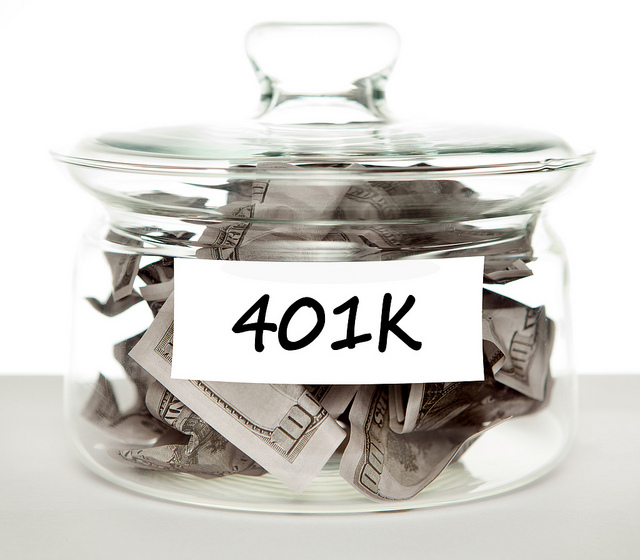A Coller Capital report released Monday showed two strong trends in institutional investor sentiment.
Forty percent of investors are planning on increasing their allocations to private equity in 2015. Meanwhile, 33 percent of those same investors said the see themselves decreasing their hedge fund portfolios.
More from Money News:
Ninety-three percent of investors believe they will get annual net returns of more than 11 percent from their private equity portfolios over a three- to five-year horizon, the survey showed, up from 81 percent of investors two years ago.
Last year saw a record $568 billion of distributions from private equity, compared with $381 billion in 2012, according to figures from data compiler Preqin.
“What you’ve seen over the last two years is distributions from the private equity portfolio have been very, very strong, which will give investors a cause for optimism,” said Michael Schad, Partner at Coller Capital.
“Four years ago people might have had questions on the 2006-2007 vintage. But these funds have really turned around,” Schad added, referring to funds raised in the years just before the financial crisis.
That optimism contrasted with the one-third of investors that said they would decrease their allocation to hedge funds, following poor performance from many such firms. Major U.S. pension fund CalPERS made a high-profile withdrawal from hedge funds in September.
Hedge funds on average have gained just under 5 percent this year through November, according to data from industry tracker Eurekahedge, against a 10.2 percent rise in the S&P 500 U.S. equities index.
The full report can be read here.
Photo jjMustang_79 via Flickr CC License


